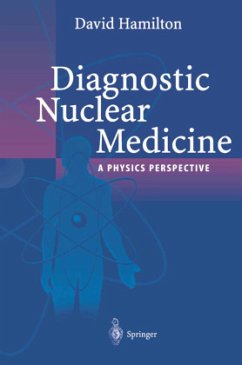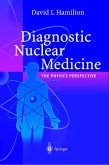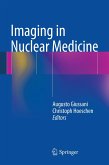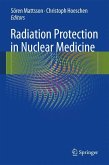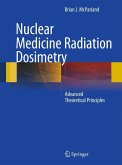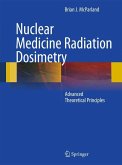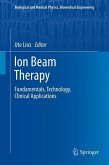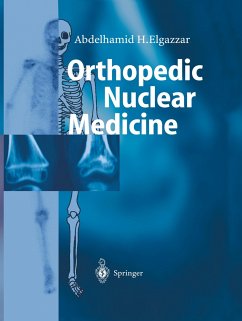In the development of many medical technologies the beginning is characterised by an emphasis on the basic scientific principles of the technology and the optimisa tion of the functional aspects of the technology. As a technology matures there is a tendency for the underlying principles to be forgotten as the dinical applications begin to develop and the focus moves to an understanding of the dinical applica tion. This maturity brings with it new challenges for those involved in the use of the technology. An acceptance of the methodology may lead to a scaling back of the ba sic training of staff into the fundamentals of the techniques and lead to a lack of questioning as to those issues which lead to the optimisation in dinical applications. This lack of basic training may ultimately lead to a stifling of research and develop ment of the technology as a whole as trained staff becomes a scarce commodity. Nudear medicine is no exception to this development cyde. As a medical special ty the discipline has matured. The basic imaging technology has become more reli able in everyday use requiring less input from scientific staff. Clinical procedures have become protocols which are often followed without due understanding of the basic principles underlying the imaging procedure. This is clearly demonstrated when new radiopharmaceuticals are introduced into the market place.
From the reviews:
RAD Magazine, June, 2005:
"The material is presented in a very clear and readable manner.
The broad range of material on the topic is dealt with clearly and concisely.
Overall, this book contains a very clear presentation of the 'core of knowledge' required in nuclear medicine.
It admirably fulfils the aims set out by the author and would be an invaluable text for trainees in physics, and radiography and radiology. It would also be an excellent addition to the nuclear medicine department library as it contains a wealth of information that experienced practitioners need to refer to from time to time.
As is customary with books produced by this publisher, the quality of the printing and binding is excellent.
The aim of this book is to reacquaint practitioners with the fundamental principles of nuclear medicine so that investigative techniques may be optimised. ... presented in a very clear and readable manner. ... Quality control is also highlighted as an important issue. The broad range of material on the topic is dealt with clearly and concisely. ... would be an invaluable text for trainees in physics and radiography and radiology. It would also be an excellent addition to the nuclear medicine department library ... ." (Dr. M Casey, RAD Magazine, June, 2005)
"The book provides in plain terms, the comprehensive physics needed for clinical practice in diagnostic nuclear medicine. It bridge a gap between physicians and basic scientists working within nuclear medicine as a unique community. ... This book is essential for nuclear medicine specialists, residents and health physicists ... . This is a book of very high educational value." (G. L. Lucignani, Quarterly Journal of Nuclear Medicine and Molecular Imaging, Vol. 49 (3), 2005)
RAD Magazine, June, 2005:
"The material is presented in a very clear and readable manner.
The broad range of material on the topic is dealt with clearly and concisely.
Overall, this book contains a very clear presentation of the 'core of knowledge' required in nuclear medicine.
It admirably fulfils the aims set out by the author and would be an invaluable text for trainees in physics, and radiography and radiology. It would also be an excellent addition to the nuclear medicine department library as it contains a wealth of information that experienced practitioners need to refer to from time to time.
As is customary with books produced by this publisher, the quality of the printing and binding is excellent.
The aim of this book is to reacquaint practitioners with the fundamental principles of nuclear medicine so that investigative techniques may be optimised. ... presented in a very clear and readable manner. ... Quality control is also highlighted as an important issue. The broad range of material on the topic is dealt with clearly and concisely. ... would be an invaluable text for trainees in physics and radiography and radiology. It would also be an excellent addition to the nuclear medicine department library ... ." (Dr. M Casey, RAD Magazine, June, 2005)
"The book provides in plain terms, the comprehensive physics needed for clinical practice in diagnostic nuclear medicine. It bridge a gap between physicians and basic scientists working within nuclear medicine as a unique community. ... This book is essential for nuclear medicine specialists, residents and health physicists ... . This is a book of very high educational value." (G. L. Lucignani, Quarterly Journal of Nuclear Medicine and Molecular Imaging, Vol. 49 (3), 2005)
